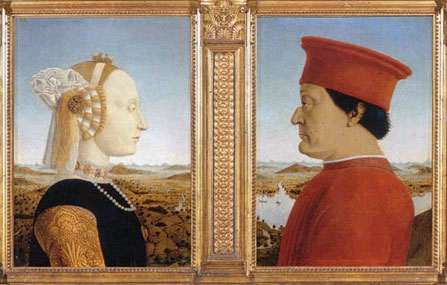by Sienna Hopkins
This article explores the divergent representations of girlhood in female commemorative biographies from the early 16th century and the spiritually exemplary biographies of secular women in the late 16th and early 17th centuries. While the commemorative biographies of Battista Sforza, Bianca Maria Sforza and Irene di Spilimbergo follow the traditional tropes of childhood representation for the genre, they nonetheless embody a fuller representation and acceptance of girlhood than that of the later, Post-Tridentine biographies of The Princess Maria of Parma, Cornelia Lampugnana Ro, and Olimpia Maidalchini. The first type portrays girlhood as light-hearted, quick-witted, delightful, and beautifully-fresh; the second type negates girlhood entirely, representing the protagonists not as girls, but women in miniature.

